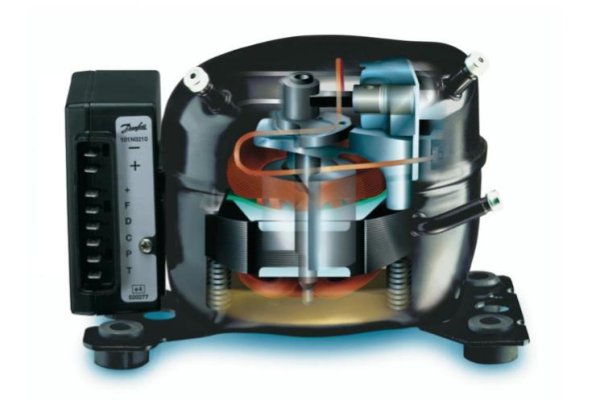Phil23
Senior Member
- Joined
- Jul 29, 2013
- Messages
- 207
- Location
- Russell NZ
- Vessel Name
- MV Unique
- Vessel Make
- Salthouse Coastal 35
I have installed a 12volt Danfos (Fridgetech GE150) refrigeration kitset in my fridge. I have a off engine piston driven compressor which is connected to both my freezer and fridge which does a great job however overnight my fridge temp increases enough that I either need to run my motor or go for a bit of a cruise which on days we just want to stay put is a bit of a pain in the Butt, hence the 12v unit to help maintain fridge temperature.
My fridge draws 6amps when running when running add say another 5amps for overnight incidentals etc my query is what size solar panel should I install. I have 2 deep cycle batteries giving 200amp hours.
On asking this question along my marina I got 6 different responses varying from dont bother to 300amps which seems overkill to me. I am limited on mounting area which is also a consideration.
My fridge draws 6amps when running when running add say another 5amps for overnight incidentals etc my query is what size solar panel should I install. I have 2 deep cycle batteries giving 200amp hours.
On asking this question along my marina I got 6 different responses varying from dont bother to 300amps which seems overkill to me. I am limited on mounting area which is also a consideration.

